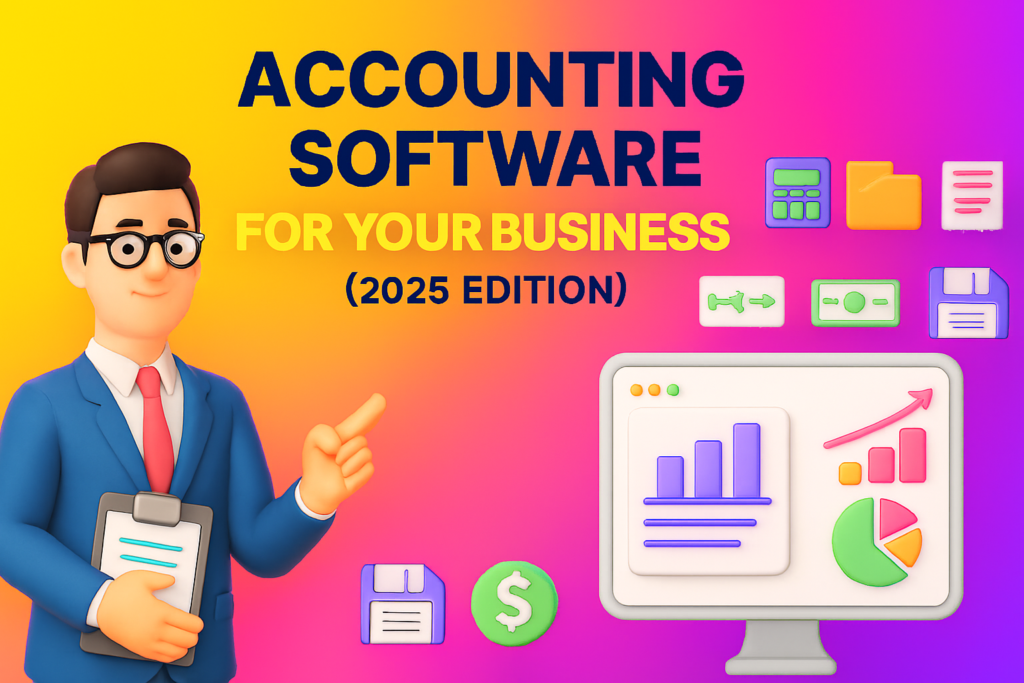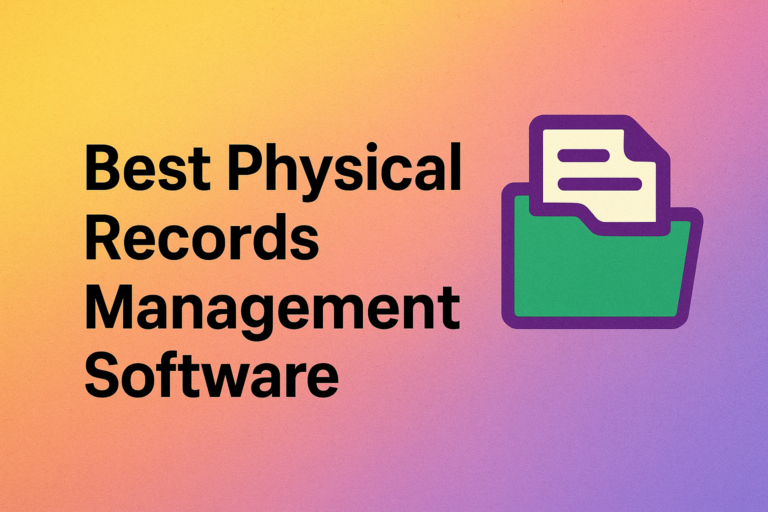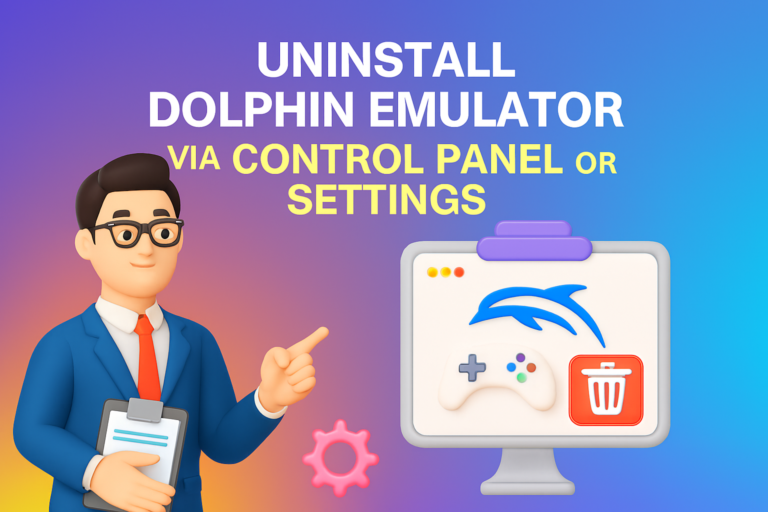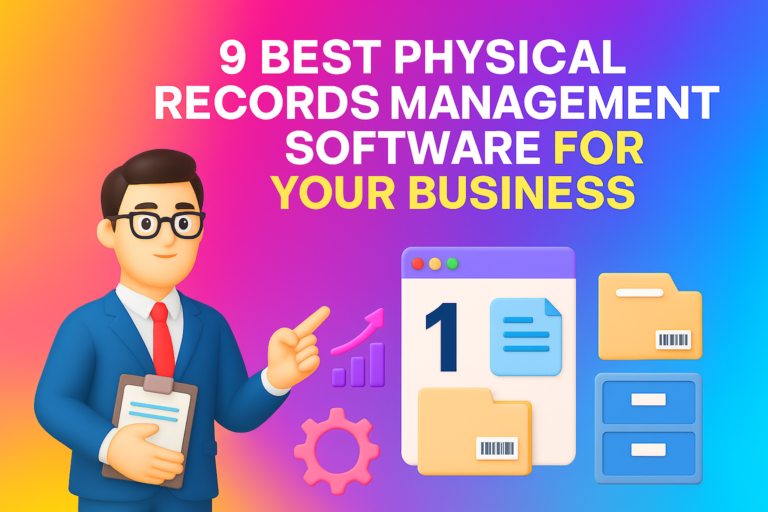In this post, you’ll discover exactly how to choose the right accounting software for your business, step by step. You’ll learn which features matter most, how to evaluate pricing and security, and how to test platforms before committing. Whether you’re a tech enthusiast, digital marketer, or business founder, this guide will empower you to make an informed decision—and avoid buyer’s remorse.
Why the Right Accounting Software Is a Game‑Changer
Imagine freeing yourself from hours of manual bookkeeping, catching tax deadlines early, and making data-driven decisions at a glance. When you pick software that perfectly fits your needs, your accounting system no longer slows you down—it becomes one of your biggest assets.
Why Choosing Smart Matters More Than Ever
In 2025, businesses face tighter margins, faster changes in tax laws, global expansion, and increasing expectations for seamless user experience. A poor accounting choice can lead to:
Manual errors, reconciliation headaches, and wasted time
Missed tax compliance or audit risk
Inability to scale or integrate with new tools
High switching costs down the road
Conversely, the right solution can
Automate repetitive tasks (bank reconciliation, invoicing)
Provide real‑time visibility into cash flow and KPIs
Support integrations (CRM, e-commerce, payroll)
Scale with your growth without huge migration pain
Let’s walk through how to choose the right accounting software for your business, in a way that’s future-proof and tailored to what you really need.
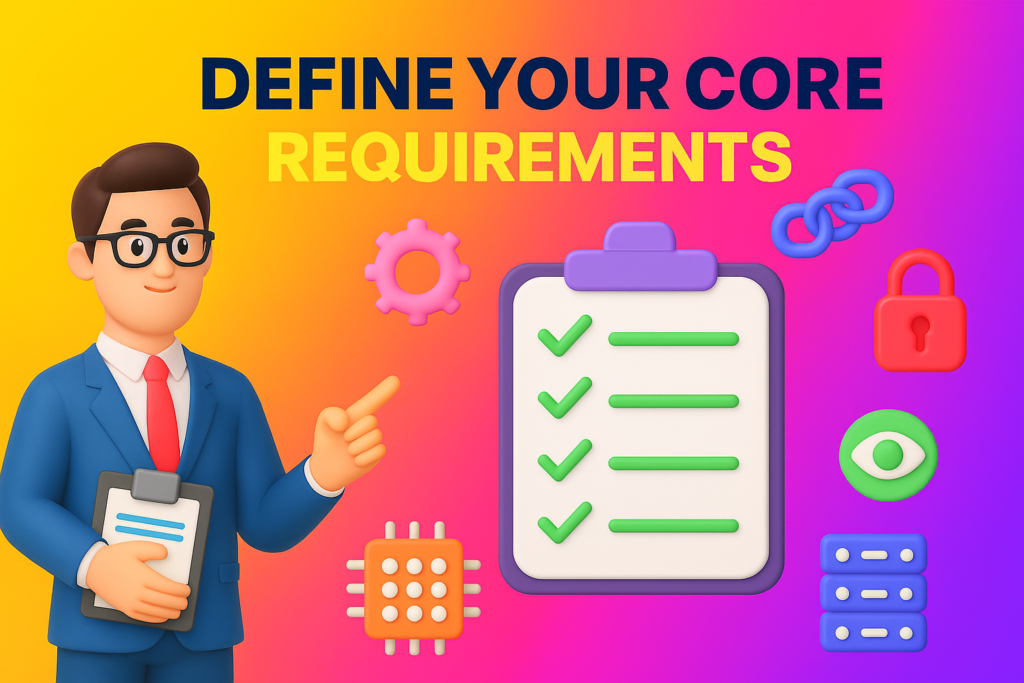
Step 1: Define Your Core Requirements
A. Business Size & Growth Plans
Are you a solopreneur, small team, or enterprise?
Do you plan to scale into new countries, verticals, or operations?
B. Industry & Special Workflows
Do you require inventory management, job costing, or project accounting?
Are there industry-specific compliance rules (e.g. nonprofits, agencies, manufacturing)?
C. Users & Rules
How many users will need access?
What levels of permissions do you need (view, edit, admin)?
D. Accounting Complexity
Do you need accrual accounting, multi-currency, multiple entities, or consolidated reporting?
Will you require budgeting, forecasts, or advanced analytics?
E. Integrations & Ecosystem
Which tools do you already use (CRM, e-commerce, payment gateways, payroll)?
Do you require open APIs, Zapier support, or custom workflows?
What is your monthly or annual software budget?
Are you okay with paying per user or per transaction?
Document these requirements in a checklist you can refer back to during evaluation.
Step 2: Key Features You Should Prioritize
When evaluating options, make sure your software delivers on these critical features. Prioritize based on your core requirements.
1. Invoicing & Billing Automation
Ability to create, send, and track invoices; automate recurring billing, reminders, late fees.
2. Bank Feeds & Reconciliation
Automatic connection to bank accounts and credit cards, importing transactions, and helping you reconcile.
3. Expense Tracking & Receipts
Receipt scanning, categorization, and linking to expense accounts.
4. Financial Reporting & Dashboards
Customizable P&L, balance sheets, cash flow statements, KPI dashboards, forecasting.
5. Multi‑Currency & Multi‑Entity Support
If you work across borders or with multiple legal entities, you’ll need built‑in support.
6. Payroll & Tax Filing
On‑platform or integrated payroll, auto withholding, VAT, or sales tax compliance.
7. Inventory Management
For product businesses, SKU tracking, stock levels, cost of goods sold (COGS).
8. Project & Time Tracking
For agencies or service providers: billable hours, project expenses, job profitability.
9. Role‑Based Access & Audit Trail
Ensure you can limit what users see and keep logs of all changes for accountability.
10. Mobile Access & Cloud Architecture
A cloud (SaaS) solution with mobile apps ensures access from anywhere, auto backups, and scalability.
11. Security & Compliance
Encryption at rest and in transit, two‑factor authentication, GDPR or local data privacy compliance.
Step 3: Compare Popular Accounting Software Options
Here are several contenders you should evaluate. Each has strengths and trade-offs. Use your checklist to see what fits best.
| Software | Strengths | Ideal For | Trade-Offs / Limitations |
| QuickBooks Online | Very mature ecosystem, strong user base, abundant integrations | Small to mid-size businesses | Pricing can add up per user or for advanced features |
| Xero | Great UX, multi-currency, strong partner network | Scaling businesses, global operations | Some advanced features require add-ons |
| FreshBooks | Excellent for freelancers and service firms | Time-based billing, client tracking | Less robust accounting/compliance features |
| Zoho Books | High customization, automation, integration with Zoho suite | SMBs that already use Zoho apps | Some advanced capabilities are limited |
| Sage Intacct | Enterprise-level financial capabilities | Mid-size to large organizations | Higher cost, steeper learning curve |
| Wave | Free option for basic accounting | Freelancers or ultra-small businesses | Limited advanced features, fewer integrations |
Tip: Try filtering by “business size + must-have feature” to narrow the list. For example, if multi-currency is essential, eliminate those that don’t support it natively.
Step 4: Evaluate Pricing Models & Hidden Costs
Price is more than a headline number. Watch for these pitfalls:
Tiered subscriptions: Many platforms offer multiple plans—starter, standard, premium. Key features may be locked behind higher tiers.
Per-user fees: Additional users often cost extra.
Transaction fees or add-on modules: Payroll, inventory, bank connections, or API access may be extra.
Implementation or migration fees: Moving data from your current system may incur costs.
Support costs: Premium support or priority help can cost more.
Currency or localization add-ons: Especially for international operations.
Make sure to compute the total cost of ownership (TCO) over 1–3 years, not just the monthly base price.
Step 5: Test with Real Data — The Proof Is in Practice
You won’t truly know until you try. Here’s how to validate:
1. Use free trials/demos. Most vendors offer 14–30 days.
2. Import sample or real data. Try a month’s worth of transactions.
3. Run your usual workflows. Create invoices, reconcile bank statements, generate reports.
4. Check performance & mobile app. Use it on desktop, tablet, and phone.
5. Get stakeholder feedback. Ask your accountant, team, or CFO to test usability.
6. Test integrations. Connect your CRM, payment gateways, or other tools to see how seamless they are.
7. Evaluate support. Reach out with questions, observe response times and quality.
Take notes and score each platform against your original checklist.
Step 6: Plan for Implementation & Onboarding
Even the best software fails if poorly implemented. Here’s how to roll it out smoothly:
A. Data Migration
Clean up your existing data (remove duplicates, fix categories)
Map your chart of accounts
Import opening balances
B. Training & Documentation
Hold workshops or training sessions
Create quick reference guides and SOPs
Use vendor tutorials or help centers
C. Phased Rollout
Run old and new systems in parallel for a month
Migrate teams gradually, not all at once
D. Monitor & Iterate
Set KPIs: error rate, reconciliation time, user adoption
Solicit user feedback and adjust settings
Revisit automations and refine them
Common Mistakes (and How to Avoid Them)
Overbuying features you’ll never use — it leads to complexity and wasted cost.
Underestimating future needs — choosing a system that doesn’t scale.
Ignoring integrations — forcing manual data transfer defeats the purpose.
Skipping trial phase — trusting marketing pitches instead of hands-on testing.
Neglecting support and training — a powerful tool is useless if users can’t use it well.
If your business still relies heavily on paper records alongside digital accounting, it’s important to manage those physical documents efficiently. For a comprehensive look at the best physical records management software available in 2025, check out this detailed guide here. Combining the right accounting software with effective records management can streamline your entire financial workflow.
Final Thoughts & Pro Tips
Choosing accounting software is not just a technical decision — it’s a strategic investment. The best tool is the one your team adopts and uses consistently because it makes their work easier.
Prioritize usability and integrations over flashy features.
Plan for your next stage of growth.
Keep your budget flexible for add-ons or upgrades.
Don’t be afraid to switch later if your first choice doesn’t keep up.
Take your time, test thoroughly, and let data (not hype) guide your choice.
If you found this guide helpful, share it with your network or leave a comment below — I’d love to hear which accounting software you’re leaning toward. Want help comparing two specific platforms (e.g. QuickBooks vs Xero)? Just let me know — I’ll help you with a head-to-head breakdown!
Happy software hunting — may your numbers always balance and your bookkeeping stay effortless.

